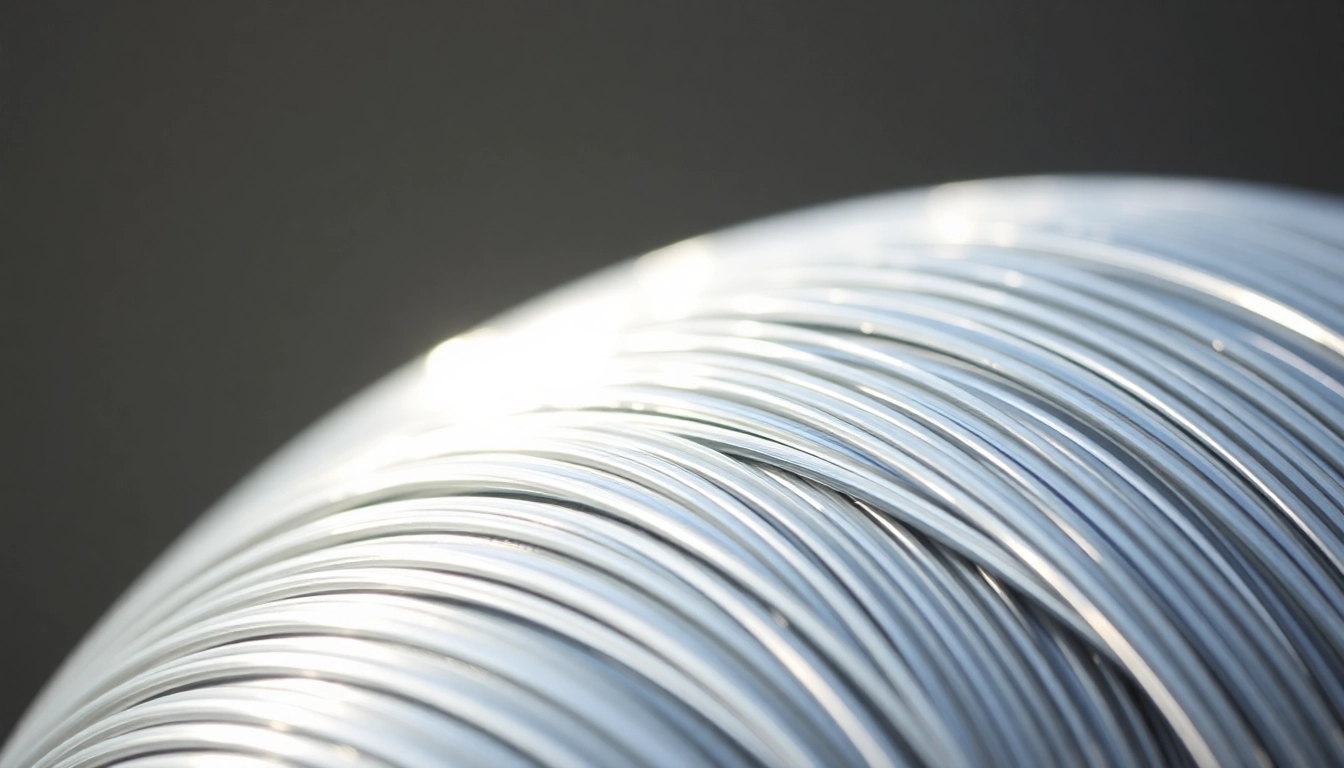Understanding the Benefits of a 3D Mouse Pad
What is a 3D Mouse Pad?
A 3D mouse pad is a specialized type of mouse pad that offers unique design elements and ergonomic features to enhance computing experiences. Unlike traditional mouse pads, 3D mouse pads typically incorporate raised designs and textures that create a tactile sensation and a visually engaging surface. These features make them particularly popular among gamers and professionals who spend long hours at their desks. The 3D aspect often mimics specific themes, such as anime, game characters, or personalized designs, which contribute to its aesthetic appeal as well as functionality.
Health Benefits: Why Wrist Support Matters
Health and comfort are paramount, especially for individuals who spend significant time using a computer. A well-designed 3D mouse pad includes wrist support features that help alleviate the strain on wrist joints. Prolonged use of a mouse can lead to discomfort or conditions such as carpal tunnel syndrome, making wrist support an essential component of any workspace. The gel-filled or cushioned surfaces in modern 3D mouse pads, such as those provided by 3D mouse pad, conform to the wrist for improved posture, reducing stress on the tendons and ligaments.
Why Custom Designs Stand Out
Custom-designed 3D mouse pads offer a unique blend of personalization and practical application. Unlike generic mouse pads, customized options allow users to express their individuality or brand identity. Whether it is a favorite anime character or a professional logo, customized designs can enhance one’s workspace’s ambiance. Additionally, the ability to incorporate personal images or artwork ensures that your desk reflects personal tastes and preferences, making work more enjoyable and motivating.
Choosing the Right Design for Your 3D Mouse Pad
Exploring Popular Themes: Anime, Gaming, and More
When it comes to selecting a design for your 3D mouse pad, there are numerous themes to consider. Anime has surged in popularity, attracting a large audience of enthusiasts eager to showcase their favorite characters or series on their desks. Gaming themes also dominate the market, with designs that appeal to the gaming community by featuring iconic characters or scenes from popular games.
Other popular themes include fantasy art, nature imagery, or even abstract designs, catering to a wide array of artistic preferences. Understanding your personal interests or aligning the design with your workspace aesthetic can dramatically influence your choice. Target audience insights from various retailers reveal that personal expression through design can significantly enhance user satisfaction and engagement.
How to Create Your Own Unique Design
Creating your own unique design for a 3D mouse pad is an engaging and rewarding process. Most reputable online platforms allow users to upload images or artwork, adjusting colors, and sizes to fit their preferences. Start by deciding on a theme that resonates with you and gather inspiration from around you—whether it be nature, typography, or a concept that embodies your personal brand. Many platforms provide templates to assist in design creation, ensuring that your artwork fits perfectly on the pad while maintaining a professional appearance.
When creating a custom design, consider resolution and color depth. Higher resolution images ensure that designs remain crisp and clear when printed, enhancing the overall appearance of the 3D mouse pad. Additionally, experimenting with different design elements, such as patterns or quotes, can yield creative results that capture attention and inspire.
Factors to Consider: Size and Material
While designing your custom 3D mouse pad, it’s vital to consider both size and material. Mouse pads come in various dimensions, typically ranging from standard to extra-large sizes, accommodating different workspace setups and user preferences. The ideal size should strike a balance between providing ample space for movement without overcrowding the workspace.
Material selection is equally important. A mouse pad’s surface material affects its durability, how well it can hold up over time, and its compatibility with different types of mice. Common materials include rubber, fabric, and even high-quality synthetic blends. Ensure that the material you choose is not only comfortable but also optimized for a smooth and responsive mouse experience.
Maximizing Comfort and Ergonomics
The Impact of Wrist Support on Productivity
Integrating a durable 3D mouse pad with wrist support into your workspace can have a profound impact on productivity levels. Ergonomic designs promote comfort during prolonged use, reducing fatigue and distraction. Proper wrist alignment significantly diminishes discomfort, allowing for longer, uninterrupted work sessions or gaming marathons. According to ergonomic studies, individuals using wrist-supporting devices tend to report lower pain levels, contributing to sustained focus and productivity throughout the day.
Comparing 3D Mouse Pads with Traditional Options
3D mouse pads offer distinct advantages over traditional options that typically lack supportive features. Unlike flat mouse pads that may provide limited comfort, 3D mouse pads are designed with contours that support the wrist and deliver an engaging experience. Comparative studies show that users of 3D mouse pads often experience less wrist strain, indicating a potential correlation with prolonged usage without negative effects.
Moreover, while traditional pads often present a uniform surface lacking personalization, 3D mouse pads provide visual appeal and customization options, enhancing both functionality and style. Navigating the workspace becomes more enjoyable with mouse pads that reflect personal interests and improve overall ergonomics.
Tips for Adjusting Your Workspace for Optimal Comfort
Adjusting your workspace to optimize comfort extends beyond selecting the right mouse pad. To create an ergonomic setup, pay attention to your chair height, desk surface, and monitor positioning. Your chair should allow your feet to rest flat on the floor while your arms remain parallel to the ground when using the mouse. Adjust the monitor to eye level to prevent neck strain, which complements the ergonomic benefits of a 3D mouse pad.
In addition to physical adjustments, consider incorporating short breaks into your routine to mitigate strain from prolonged sitting. Standing or stretching periodically can invigorate your focus and contribute positively to your well-being. Adopting these practices, combined with the use of a quality 3D mouse pad, can create a more pleasant and efficient work environment.
Where to Buy the Best 3D Mouse Pads
The Importance of Sourcing Quality Products
Investing in a quality 3D mouse pad is essential for enhancing your daily computing experiences. The right product not only elevates comfort and style but also ensures durability and functionality. When searching for the ideal 3D mouse pad, prioritize reputable manufacturers and retailers that value quality and customer satisfaction. Look for products that have been reviewed positively by users and in industry publications.
Top Online Retailers for Custom 3D Mouse Pads
There’s a plethora of online retailers specializing in custom 3D mouse pads, catering to various preferences and themes. Websites like Vograce, Amazon, and various niche gaming or anime shops provide vast selections to explore. These retailers often allow for personalization, enabling customers to create a product that resonates with their tastes.
In addition to established brands, platforms like Etsy also offer unique handmade options that can stand out in your workspace. Before making a purchase, ensure you research diverse offerings, checking customer feedback for insights on product quality and service experience.
Reading Reviews and Customer Feedback
User reviews and ratings form a critical component of informed purchasing decisions. They offer real-world insights into product performance, material quality, and overall satisfaction. Before committing to buy, take time to examine reviews across multiple platforms. Look for common sentiments regarding comfort, durability, and responsiveness, as these factors greatly influence the overall user experience.
Pay attention to feedback regarding any potential issues, such as wear and tear or difficulties with cleaning, as these insights could shape your final decision. Engaging in online communities or forums can further enrich your understanding of the best products available, giving you greater confidence in your selections.
Maintaining and Caring for Your 3D Mouse Pad
Cleaning Tips for Longevity
To ensure the longevity of your 3D mouse pad, routine maintenance is essential. Regularly cleaning your mouse pad helps to prevent the accumulation of grime and oils that can affect performance. Most mouse pads can be spot cleaned with a mild detergent and a damp cloth, while others may be machine washable. Check the care instructions provided by the manufacturer to adopt the best cleaning practices.
For those using mouse pads with intricate designs, using a soft brush or microfiber cloth can help in getting into crevices without damaging the artwork. Establishing a cleaning routine can keep your mouse pad looking fresh and functional.
How to Prevent Wear and Tear
To minimize wear and tear on your mouse pad, handle it gently and keep it on a flat surface. Avoid exposing it to direct sunlight or extreme temperatures, as these factors can degrade the material over time. Additionally, try to avoid abrupt movements with the mouse that could scuff or scratch the surface.
When not in use, consider storing it in a designated area away from heavy items that could cause creasing or damage. Properly maintaining your mouse pad can prolong its lifespan significantly, resulting in continuous comfort and satisfaction.
When to Consider Replacing Your Mouse Pad
Over time, even the best-quality mouse pads may show signs of wear and require replacing. Indications to look for include visible fraying at the edges, a worn-out surface that no longer allows smooth movement, or a significant dulling of the design. If you notice discomfort while using your mouse pad—such as increased wrist strain or decreased responsiveness—it may be time to consider a replacement.
Investing in a new mouse pad can rejuvenate your workspace, enhancing both functionality and style, ensuring that you maintain an optimal computing experience moving forward.



